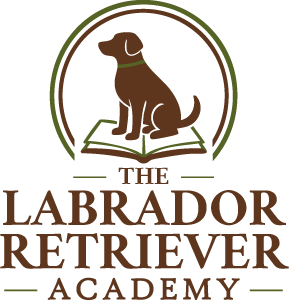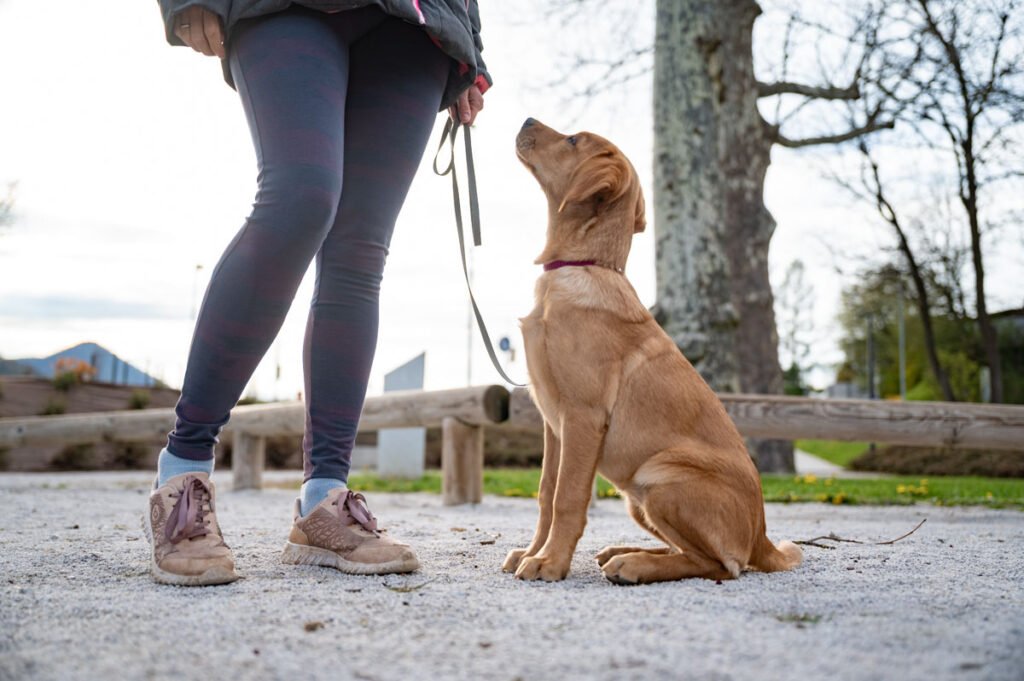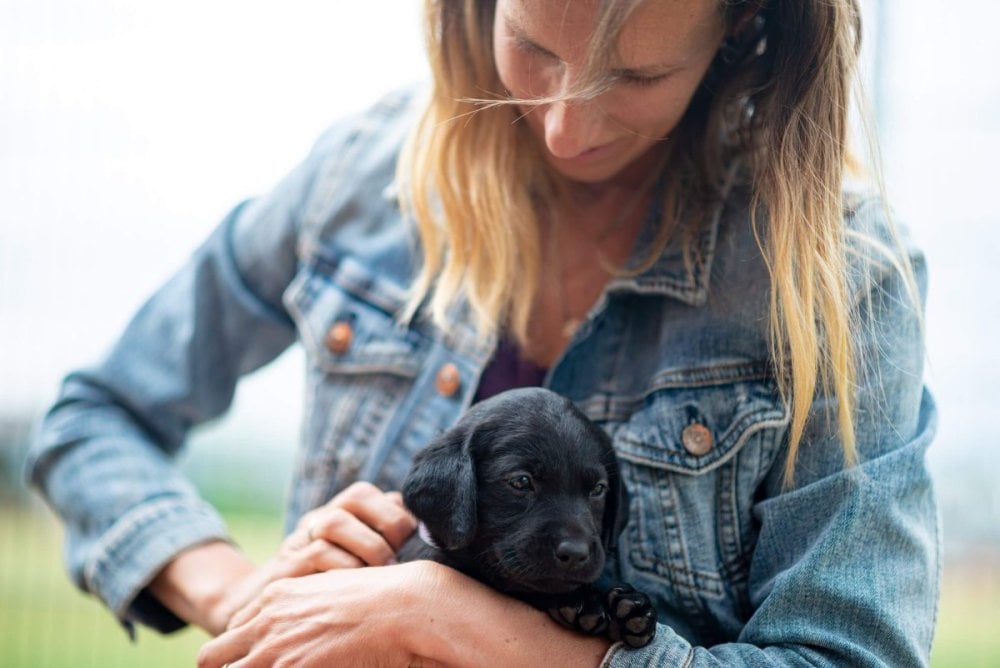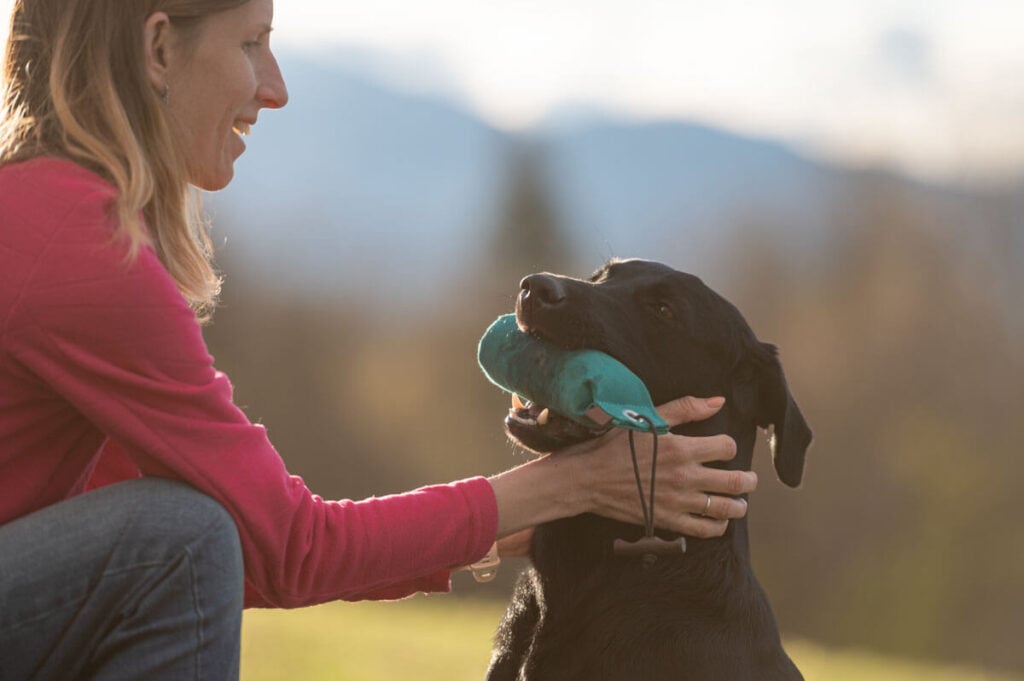If you live with a Labrador Retriever, you know they have a zest for life that’s both endearing and—at times—overwhelming. Whether it’s lunging out the door, jumping up to greet guests, or snatching food mid-air, impulse control doesn’t exactly come built-in. But what if I told you that building calm, thoughtful behavior in your Lab doesn’t require yelling, scolding, or endless “no’s” and constant nagging?
I helped my Labradors develop real impulse control using a combination of simple, practical exercises—and it all started with a shift in how I saw them. Once I truly understood who they are as a breed—what drives them, what they need, and what they were bred to do—I was finally able to give them the kind of structure and outlet that helped them make better choices.
In this blog, I’ll share one simple exercise to get you started, but it’s part of a broader approach we I use in my academy—one that’s tailored to the Labrador mind.
Why Understanding the Labrador Mind Is the Real Game-Changer
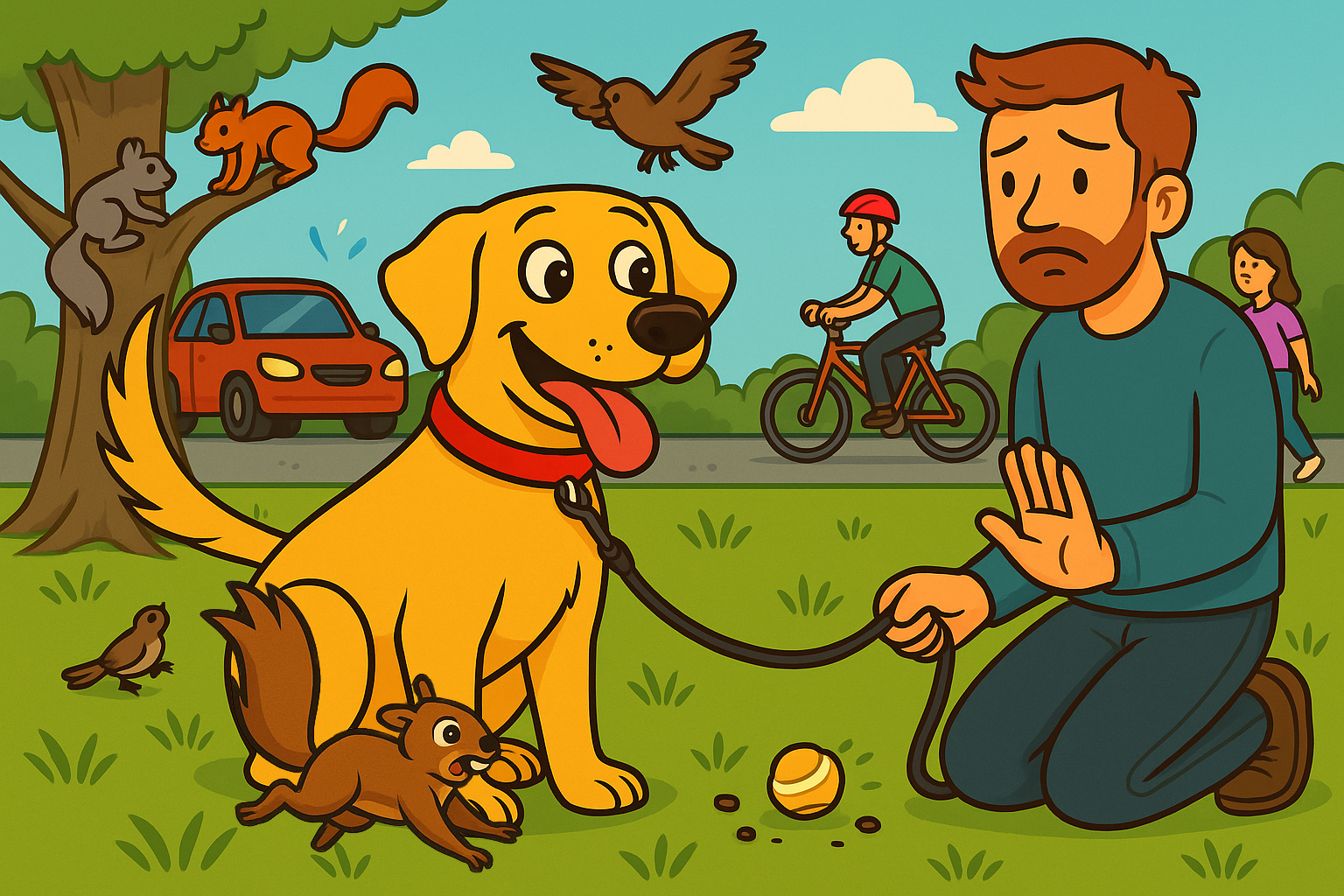
Impulse control in Labradors isn’t something that magically develops with age—it’s something we build through guidance, structure, and a deep understanding of the breed’s instincts and needs.
To truly help your Lab become more thoughtful and calm, you need to understand what they were bred for and what naturally drives their behavior. Labradors are not just energetic dogs—they are purpose-bred working retrievers, originally developed to assist fishermen and hunters by retrieving game from water and land. Every part of their design—from their webbed paws and thick tail to their obsession with carrying things—was shaped by that job.
What does that mean for you as a modern dog owner? It means your Lab is wired to do a job. They’re not content being bored, left alone, or simply walked around the block once a day. When those needs aren’t met, that energy and drive doesn’t disappear—it gets redirected into behaviors like:
- Stealing socks or snatching food off counters
- Jumping up to say hello (with their full body weight!)
- Ignoring cues in exciting environments
- Constantly grabbing, chewing, or carrying objects
- Overreacting to simple situations
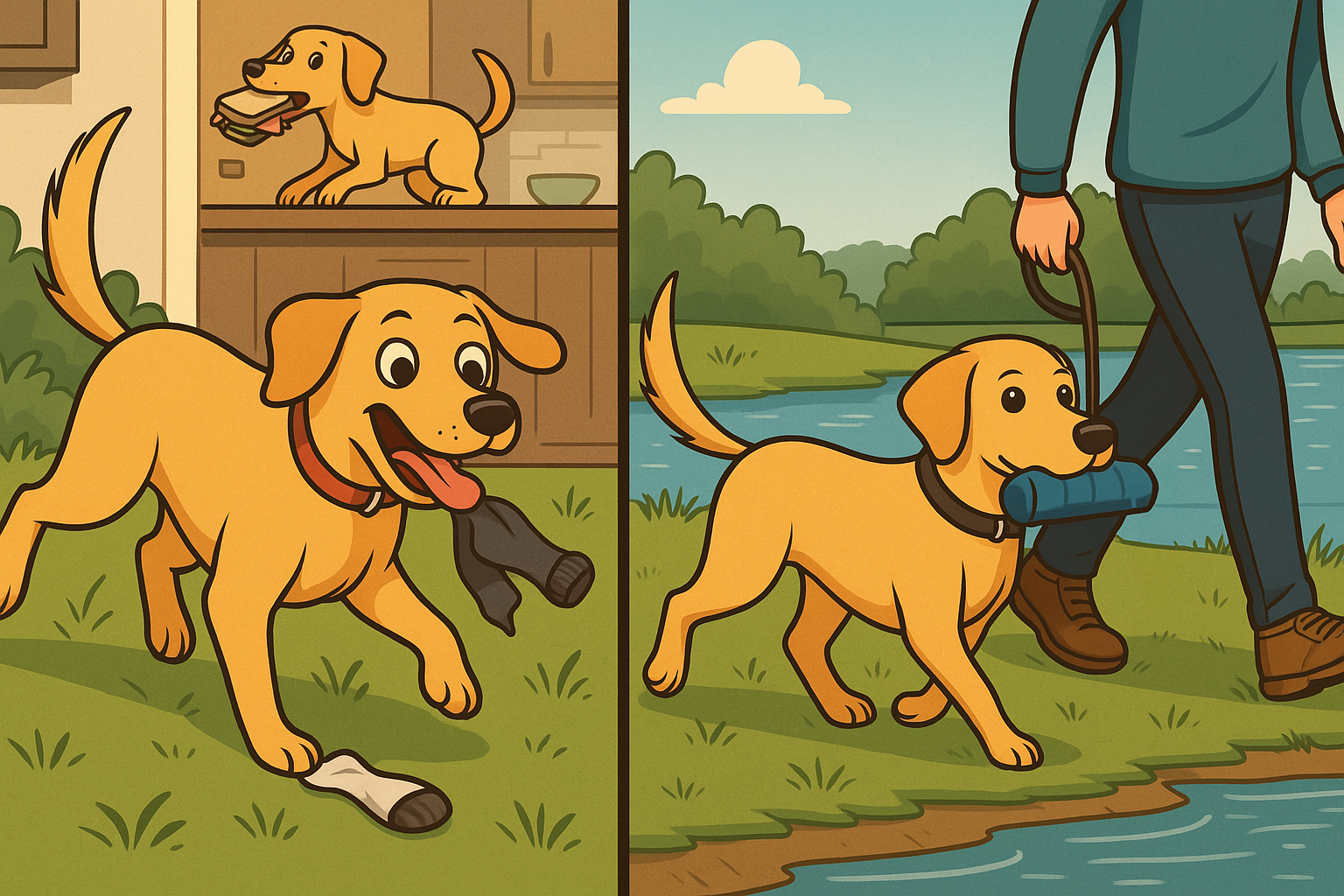
These aren’t “bad” behaviors. They’re misplaced instincts, trying to find a release.
When we approach training from a place of understanding rather than correction, we start to see real change. Instead of suppressing who your Labrador is, you begin to channel their natural drives in ways that are productive and satisfying—which in turn helps them develop the self-regulation we often call “impulse control.”
More Than Just One Exercise… But Let’s Start Here
In my Labrador Retriever Academy, I use a range of targeted exercises to help build impulse control gradually and effectively. These include structured games that tap into your Lab’s love of retrieving, food-based problem-solving challenges, calming routines, and clear boundary-setting techniques.
But today, I want to share just one simple yet powerful exercise you can start with at home—something that doesn’t require any special equipment or even a verbal cue.
It’s a foundational step in a bigger picture—but an important one.
Let’s dive into it.
A Simple, Silent Exercise to Build Self-Control
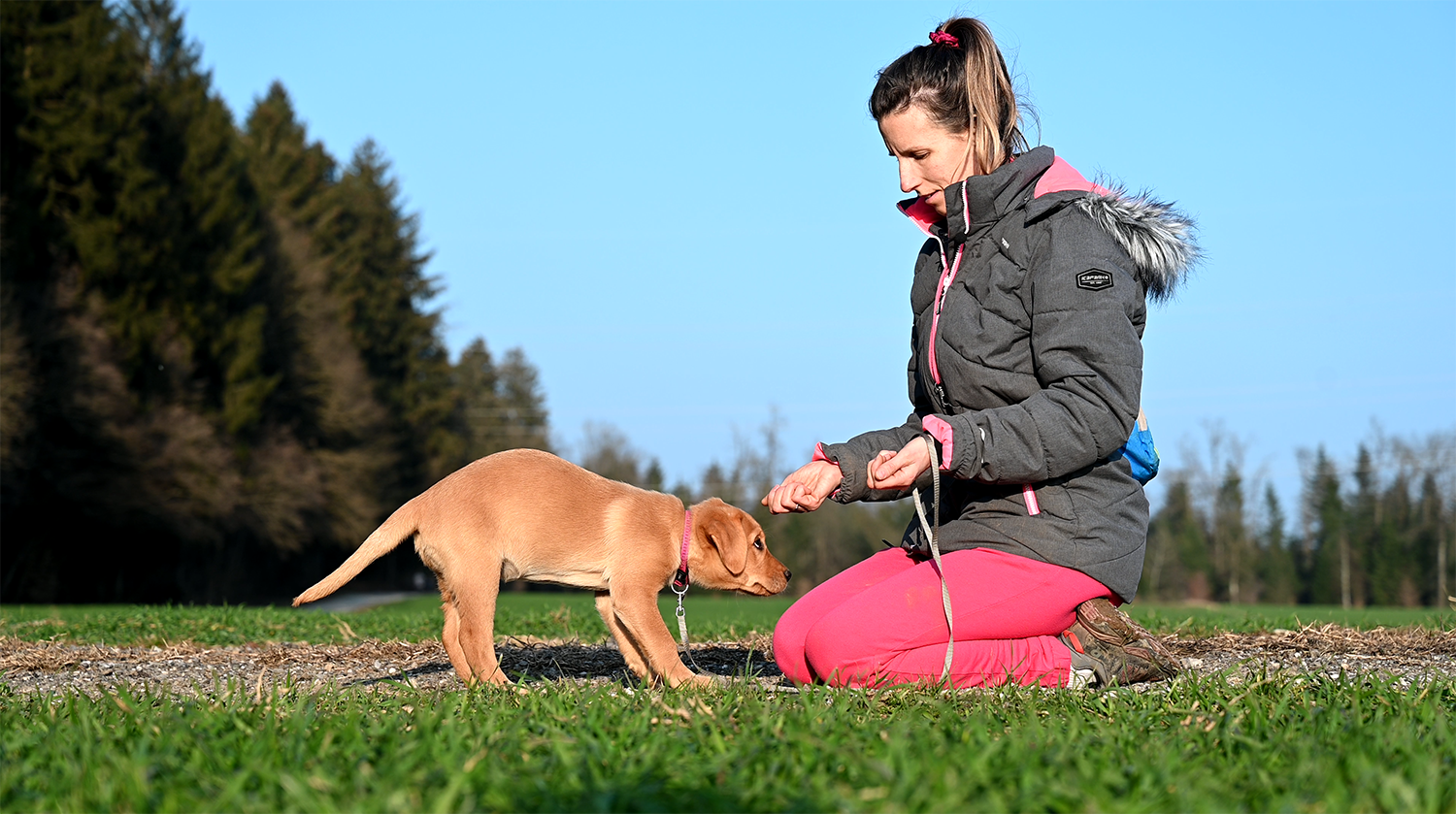
One very effective exercise I teach in my academy is what I call “Wait and Win.” It’s a no-words needed way to teach your Lab that patience gets rewarded—and it’s incredibly effective for dogs who are highly food-motivated (like, well, all Labs).
Here’s How “Wait and Win” Works:
- Hold a bunch of treats in your closed hand, right at your dog’s nose level.
- Your dog will likely sniff, lick, paw, or even bark at your hand.
- Don’t say anything. Just stay still.
- The moment your dog backs off or pauses, even for a second, open your hand slightly.
- If they dive in, close your hand again.
- When they consistently wait calmly, mark the behavior with a calm “yes” or a click, and give the treat.
- Slowly and gradually you can ask for longer calmness and you can also play the game with a toy.
You’re not commanding. You’re letting your dog figure it out. And once they do, it clicks in a big way.
Why This Exercise Works So Well for Labs
Labs love a puzzle—especially one that ends with food. This quiet, clear exercise:
- Encourages focus and patience
- Uses their natural food motivation in a constructive way
- Builds self-control without confrontation
- Helps generalize calm behavior to real-life situations like waiting at doors, not snatching food, or staying on a mat
And it builds trust—your Lab learns to look to you for clarity, not chaos.
Impulse Control Starts with Fulfillment
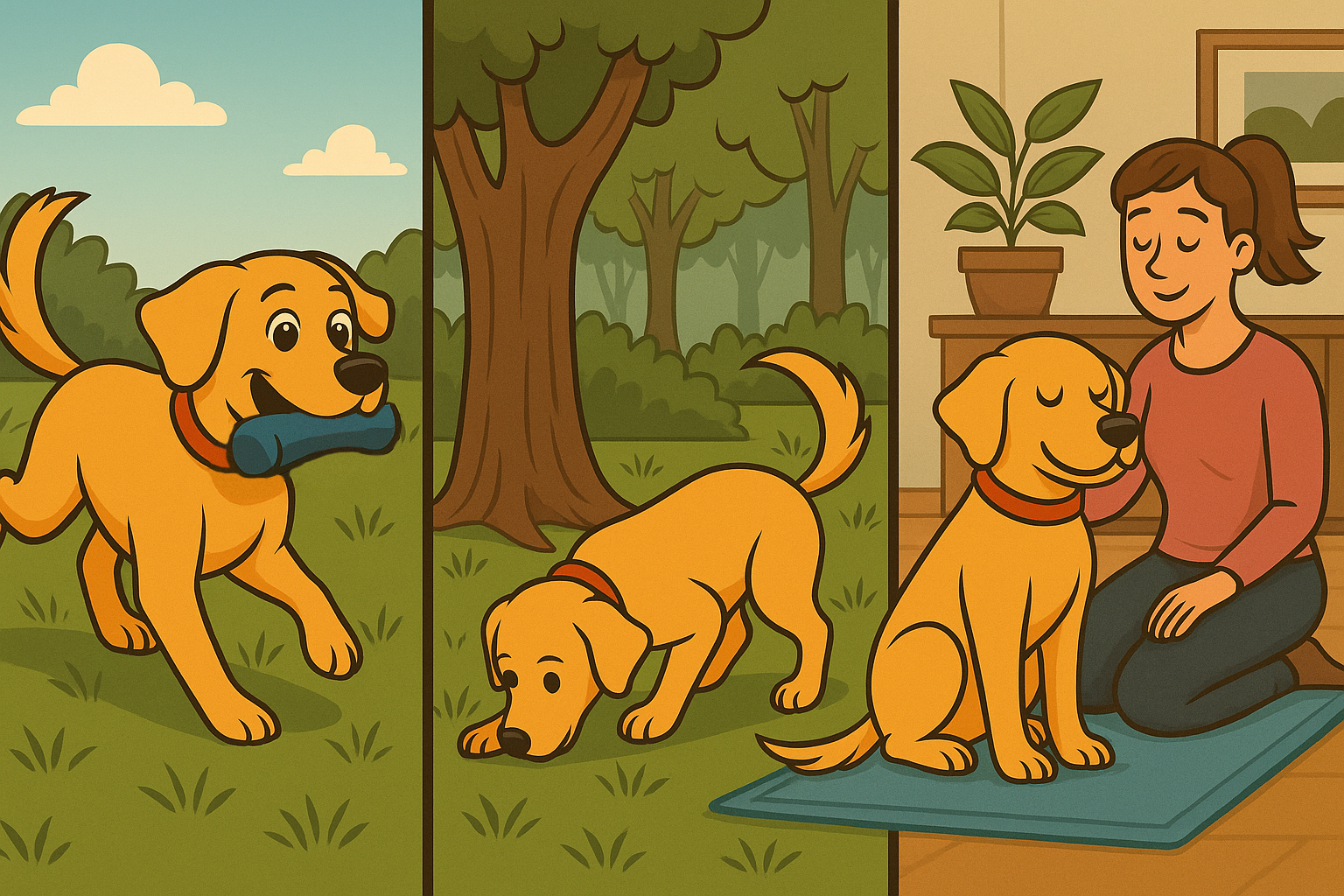
This was the biggest shift for me: realizing that I couldn’t just teach my Lab to “control himself” without first meeting his needs. When I gave her:
- Daily outlets to retrieve, sniff, and explore
- Purposeful games that worked his body and brain
- Clear boundaries delivered with consistency and kindness
…she transformed. The jumping, darting, and grabbing started to fade. In its place came a calmer, more thoughtful dog who could actually make good choices—because she was no longer overstimulated or underfulfilled.
Bringing Out the Best in Your Labrador
Helping your Lab build impulse control isn’t about fixing a “bad dog”—it’s about supporting a brilliant, energetic breed in a way that makes sense to them. When you understand your dog’s natural instincts and pair that with consistent, rewarding exercises, you’re not just shaping better behavior—you’re building trust, focus, and a deeper connection.
It takes patience, the right tools, and a willingness to see the world through your Lab’s eyes—but the results are absolutely worth it.
Ready to Go Deeper?
If you’re ready to take your Labrador’s training to the next level, I’d love to welcome you to my Labrador Retriever Academy. Inside, you’ll find breed-specific training strategies, structured exercises, and expert guidance designed to help you bring out the best in your Lab—calm, confident, and connected.
Join us today and start creating the relationship you and your Labrador were meant to have.
